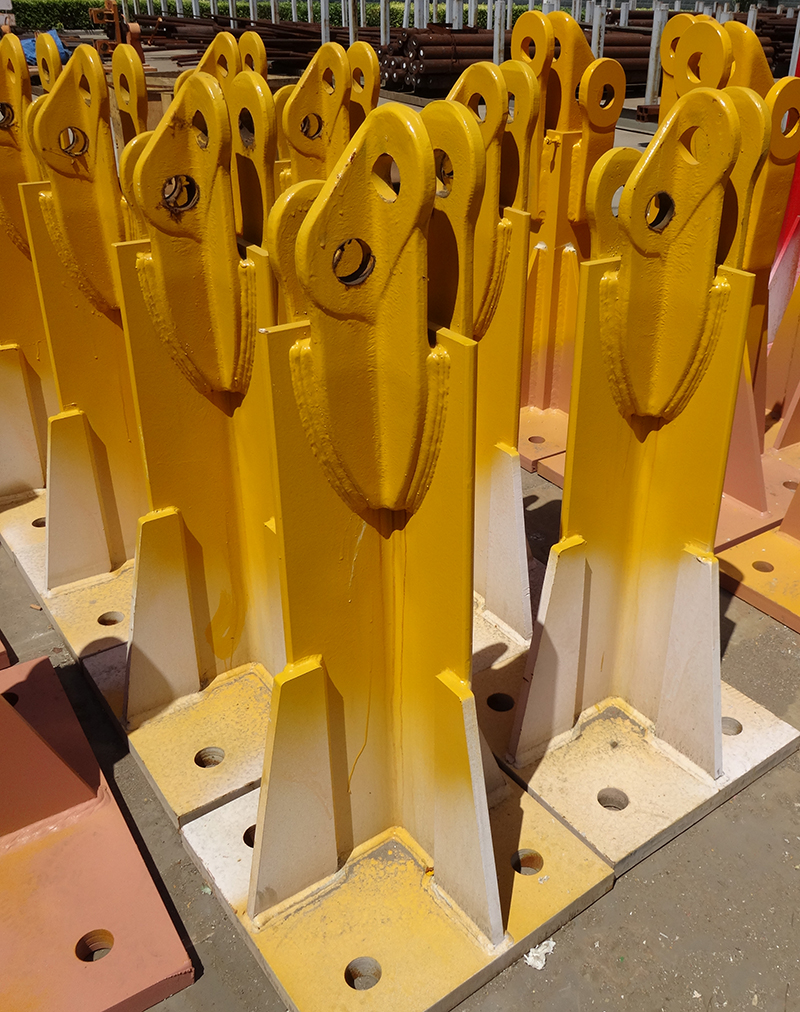First, the working principle
Steering pump mainly blade, gear type, plunger type and so on. From the current domestic point of view, the promotion of the most used for the vane pump. The main components of the stator, rotor, with oil pan, leaves, pump body and the back cover. The pump body is equipped with flow control valve and safety valve. When the pump work spool valve has a certain degree of opening, so that the flow to meet the requirements, the excess flow back to the pump cavity smoking. If the oil line blockage or accident, the system pressure exceeds the maximum working pressure of the pump, the safety valve opens, the spool valve open, all the pressure oil are returned to the suction chamber, the system from the safety protection.
Second, use and maintenance precautions
1, the correct choice of hydraulic oil grades, otherwise it will affect the pump efficiency and life expectancy.
2, the hydraulic oil used must be clean, regular inspection, regular replacement of the oil pump on the oil filter on the road. When refueling, the driver must have a filtering device to ensure the cleanliness of the oil. And often check, clean or replace the filter device, to keep the oil flow.
3, if a long time do not use the steering pump, restart, not immediately full load, at least ten minutes should be no-load running time.
4, the use of the pump should always check for leakage, the operation is normal, with or without any impact on the noise, so that timely detection and troubleshooting.
The fixing angle of a Tower Crane refers to the angle at which the crane is secured to its base or foundation. It is important to ensure that the crane is properly fixed at the correct angle to ensure stability and safety during operation.
The fixing angle of a tower crane is typically determined by the manufacturer and specified in the crane's operating manual. It is usually set at a specific angle to provide optimal stability and load capacity for the crane.
The fixing angle can be adjusted during the initial installation of the crane to ensure it is level and properly aligned. This is typically done using leveling jacks or other adjustable components at the base of the crane.
It is important to follow the manufacturer's guidelines and recommendations when setting the fixing angle of a tower crane to ensure safe and efficient operation. Improper fixing angle can lead to instability, tipping, or other safety hazards.
Tower crane fixing angle is connected between tower body and concrete foundation. Usually, the model of fixing angle is based on the tower crane Mast Section, such as 1.2m s24 mast section, 1.6m L46a1 mast section, 2.0m l68b2 mast section.

Fixing angle is used for connecting of tower crane foundation and tower crane body. Usually the fixing angle is fixed inside the concrete foundation. However, there is one type of tower crane fixing angle which is reusable type. The reusable type fixing angle could be removed from the foundation after tower crane disassembly.
Fixed Leg Fixing Angle,Reusable Fixing Angle,Tower Crane Fixing Angle,Tower Crane Reusable Fixing Angle,Foundation Anchor Fixing Angle
SHEN YANG BAOQUAN BUSINESS CO., LTD , https://www.sczenghui.com